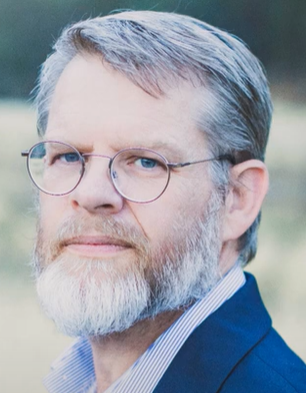There are three core reasons for councils introducing large rate increases, says an expert.
North Sydney Council in New South Wales attracted media attention the other week for proposing to raise rates by 87 per cent. Last month, Northern Beaches Council was also in the spotlight for voting to hike rates by 39.6 per cent. Gunnedah Shire, Upper Hunter Shire, Shoalhaven City and Federation councils have also recently applied to the Independent Pricing and Regulatory Tribunal to raise rates above the peg.
In an online video address, Joseph Drew – Professor of Local Government Economics at the University of Newcastle – explains why NSW ratepayers are being whacked by increases.

The number one reason for such increases, says Professor Drew, is constrained revenue. “We can only put up our taxes ordinarily each year by a certain percentage. And that percentage has been much, much lower than actual inflation hitting councils.”
For the 2024-25 financial year, the rate peg in NSW was set between 4.5 per cent and 5.5 per cent, varying by council.
Fees for services such as storm-water management are also regulated. “We can only charge a certain fee even if it costs a lot more to provide that service,” says Drew. This, he adds, presents
“a sustainability challenge”.
There also exists mandated discounts for pensioners and other populations, says Drew. “Nothing wrong with that – I want to be one myself one day. But the whole idea of a pensioner discount ignores the moral foundation of a land-based tax. As soon as you apply mandated discounts to some groups and not other groups you have an equity issue.” And in many cases, mandated discounts can be “misdirected”, adds Drew.
“Something’s got to give.”
Another reason for large tax hikes are delays in addressing revenue shortfalls – when revenue is not meeting expenditure. “If you don’t do something about that, every year that gap is going to grow and it’s going to compound and becomes a bigger and bigger problem,” says Drew.
Acting with kindness, councillors are typically reluctant to raise rates, he says – particularly during a cost-of-living crisis. “But it’s not a kindness if your delays ultimately lead to an 80 per cent tax increase.”
It’s only delaying the inevitable, says Drew. “At the end of the day, arithmetic is what it is. It doesn’t matter how kind we want to be, if there’s gap between expenditure and revenue the arithmetic will come and bite you.”
Thirdly, Drew points to increasing cost pressures facing local government. Citing energy costs, insurance costs and prices of materials such as concrete and bitumen, Drew says: “They are the things that have really been rocketing up.”
Council costs are much higher than the rate caps and much higher than the increase in financial assistance grants, says Drew. And ultimately: “Something’s got to give.”




The Professor missed the key problem, at least for Northern Beaches Council, which has been the forced amalgamation of three previously manageable local councils into one mega council requiring an inflated bureaucracy to handle too many people over too big an area. It’s neither local nor manageable, even with a top heavy and over paid management. The answer is reinstating the environmentally and architecturally different Pittwater from the more naturally suited Manly and Warringah.